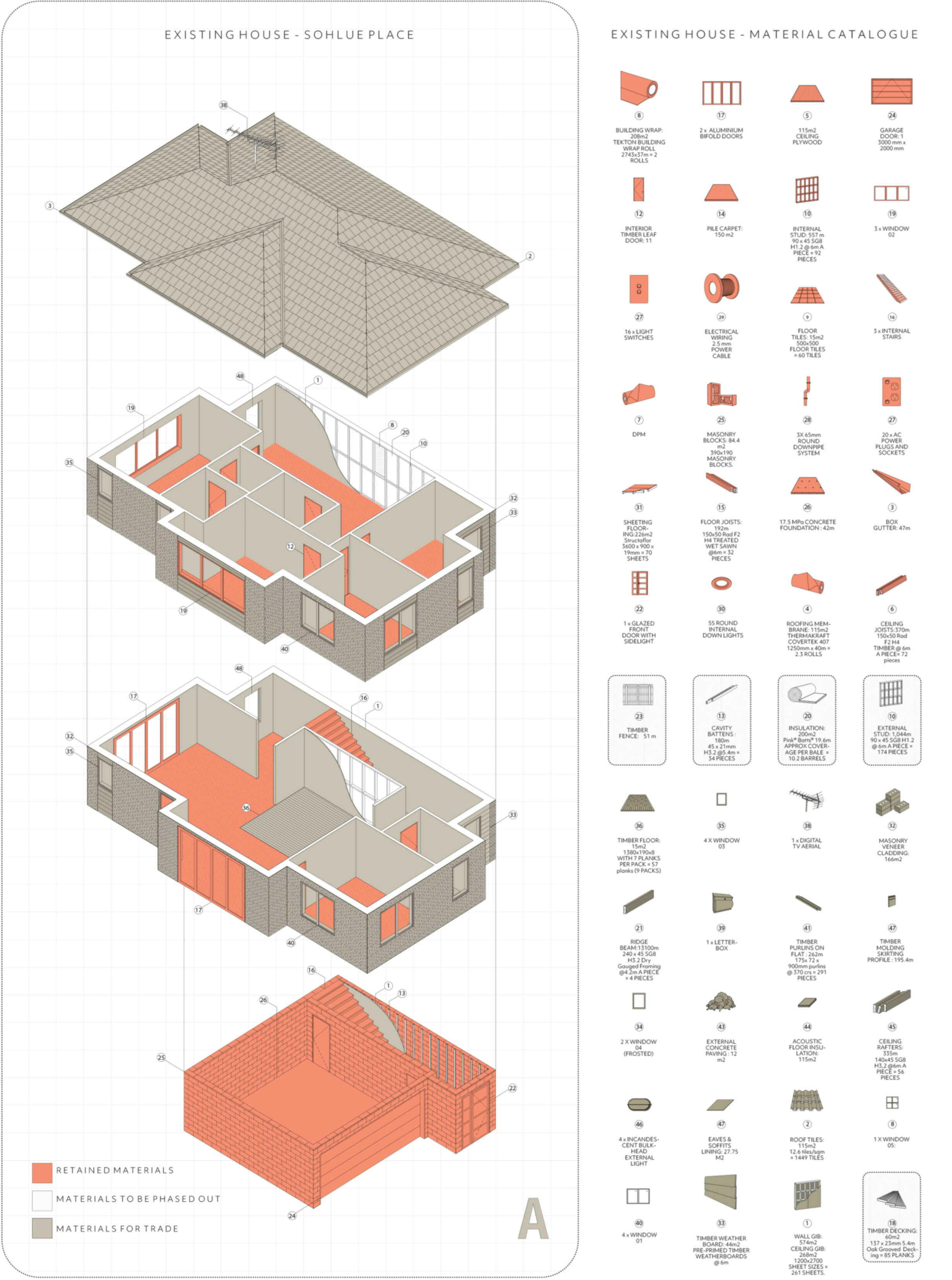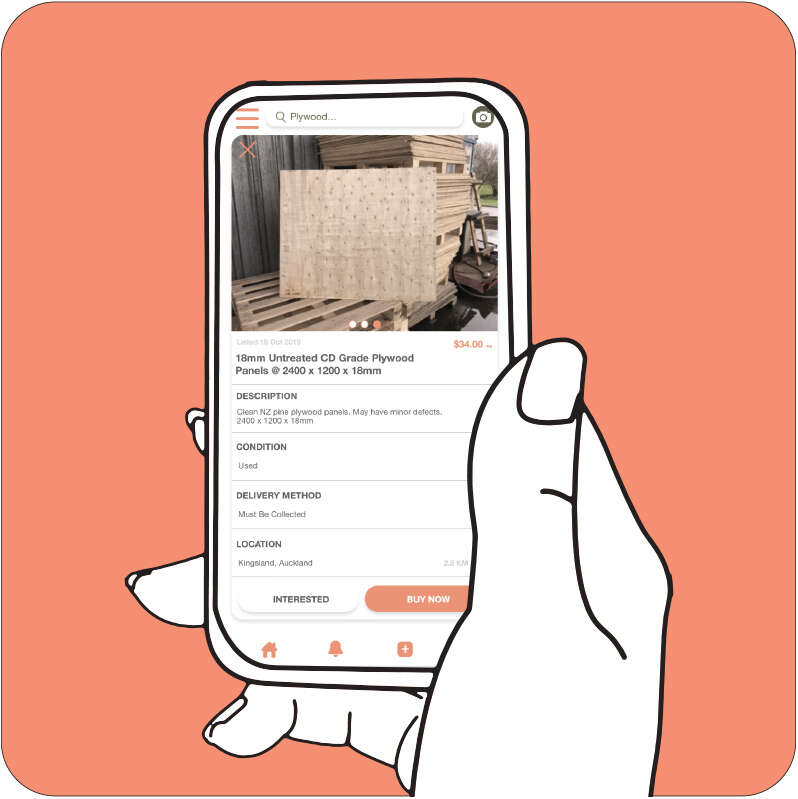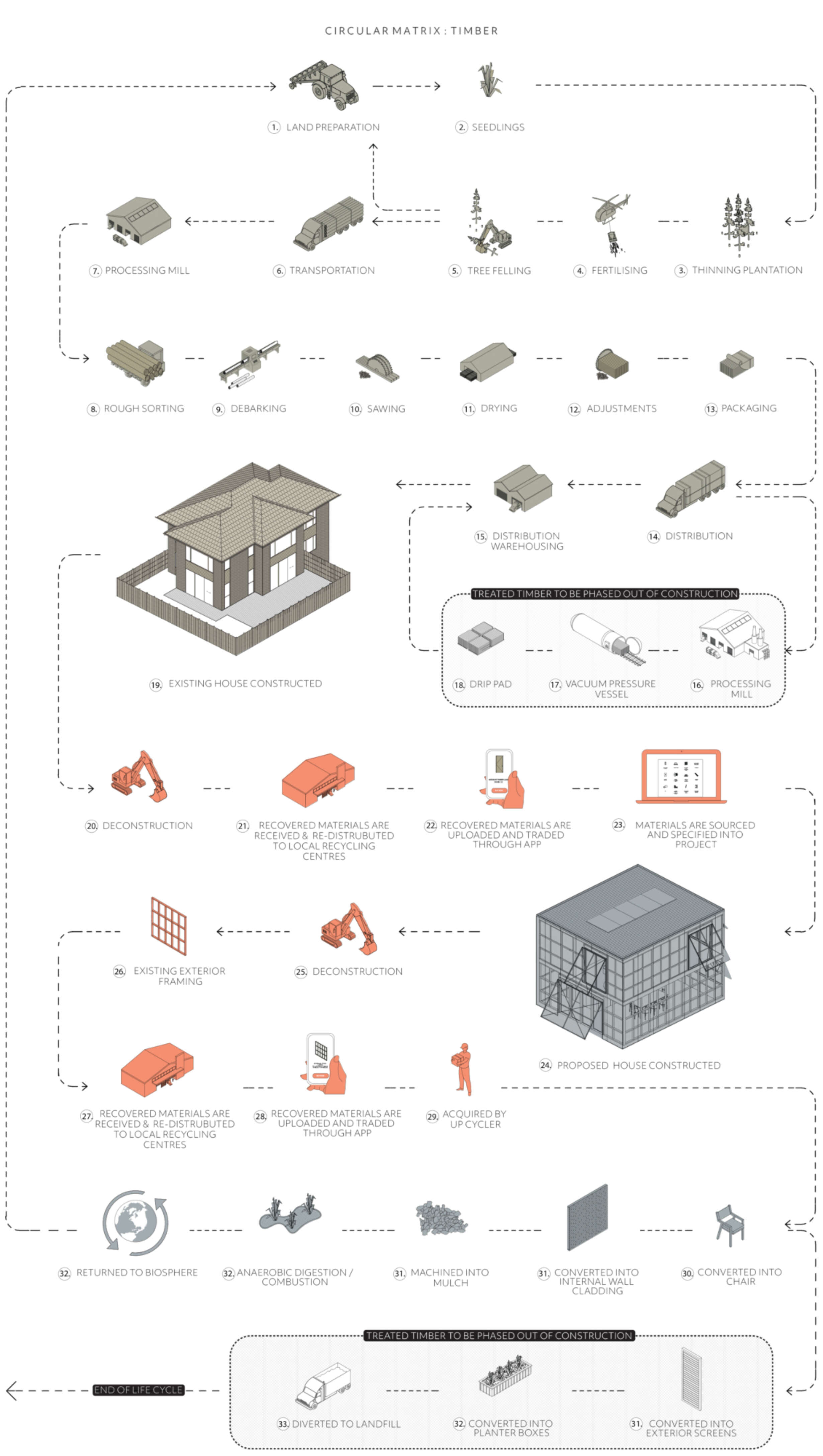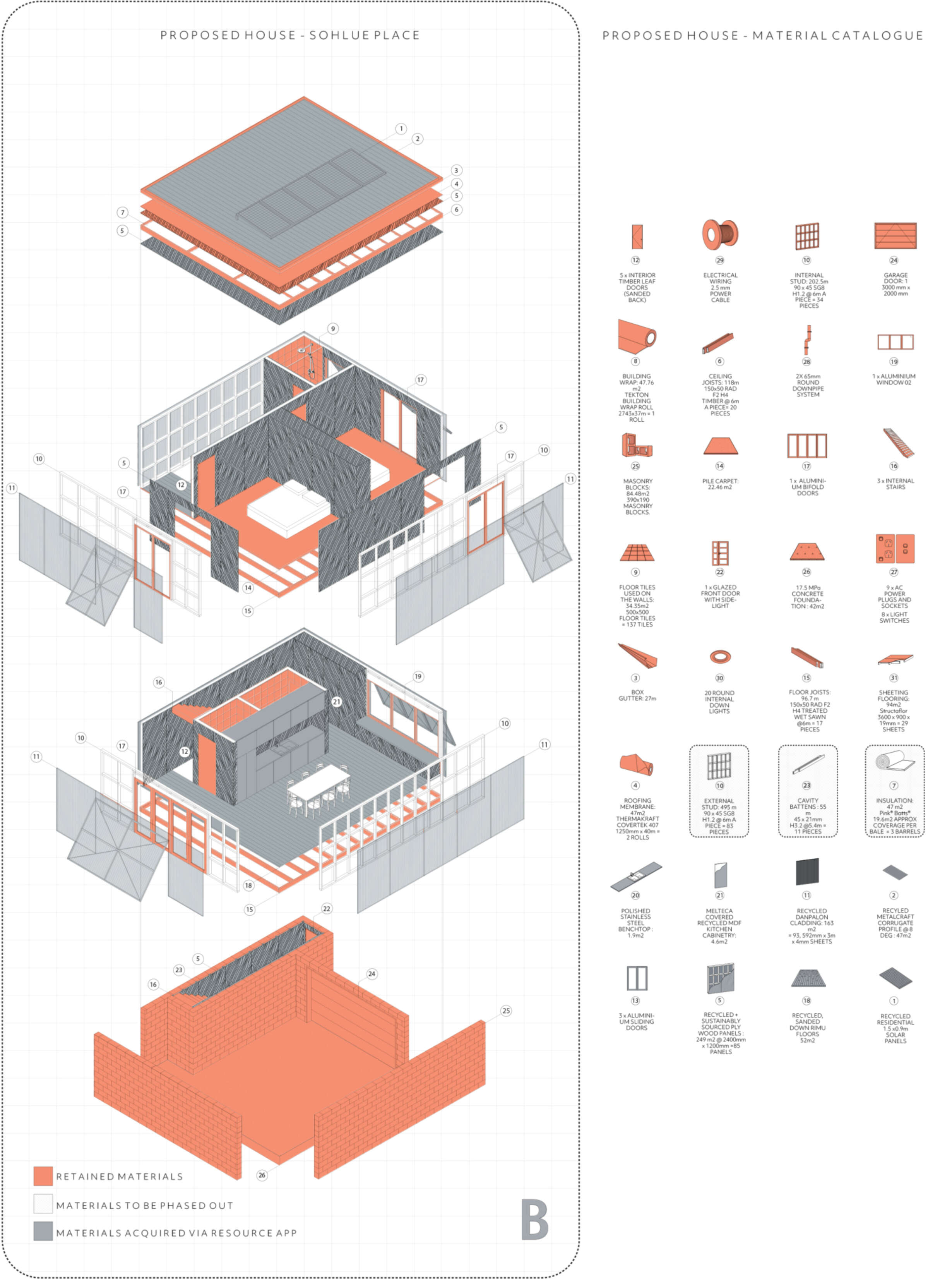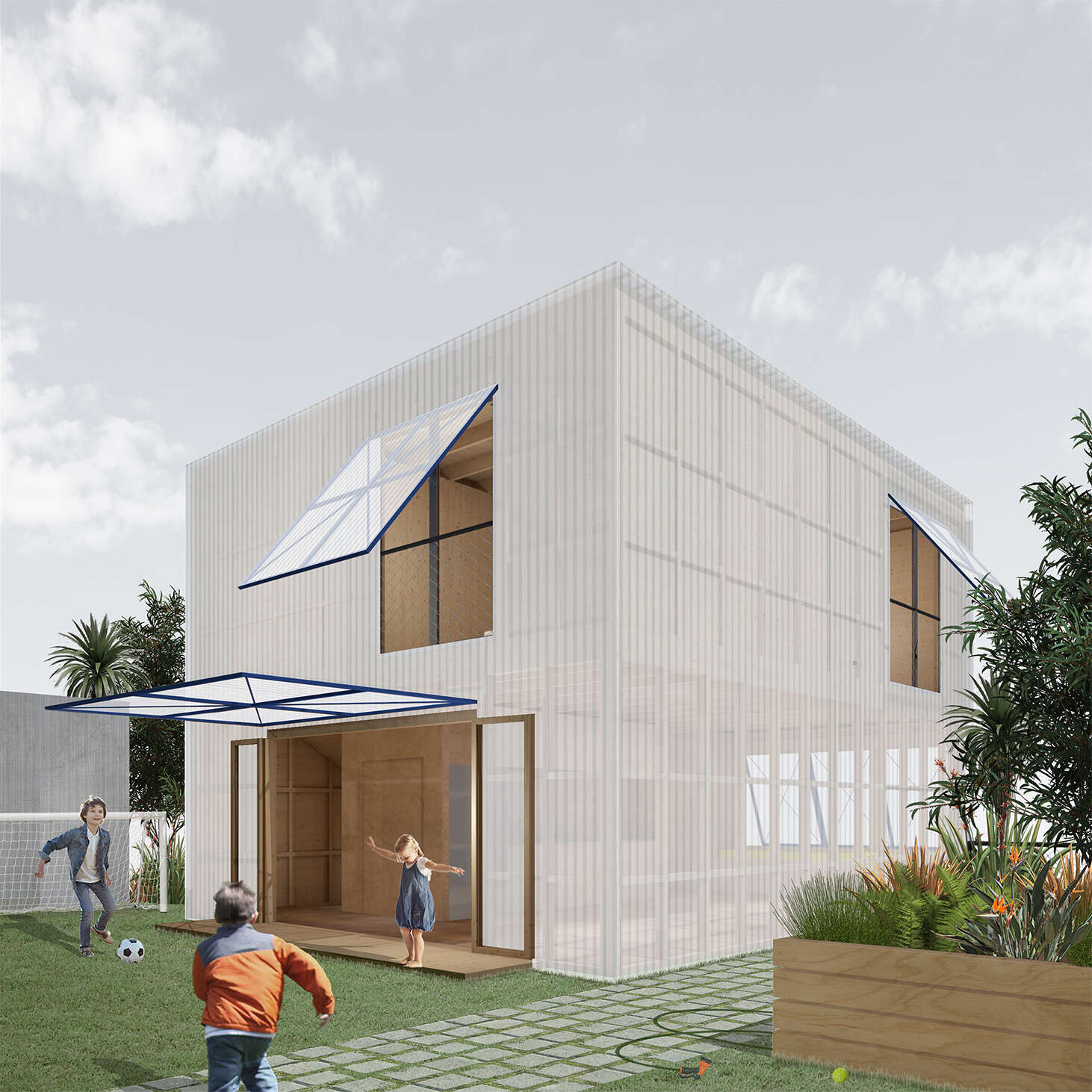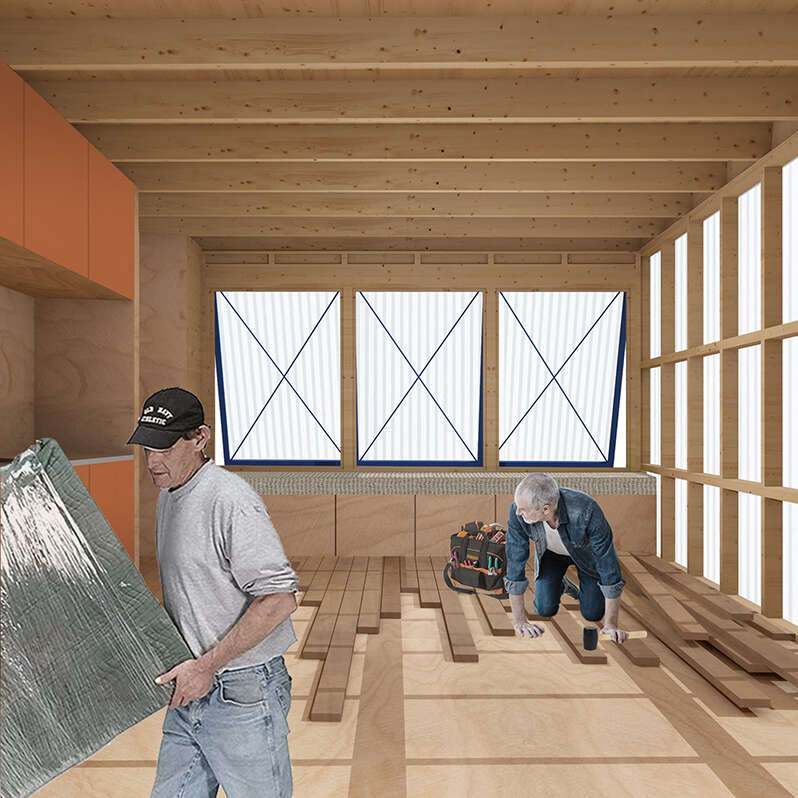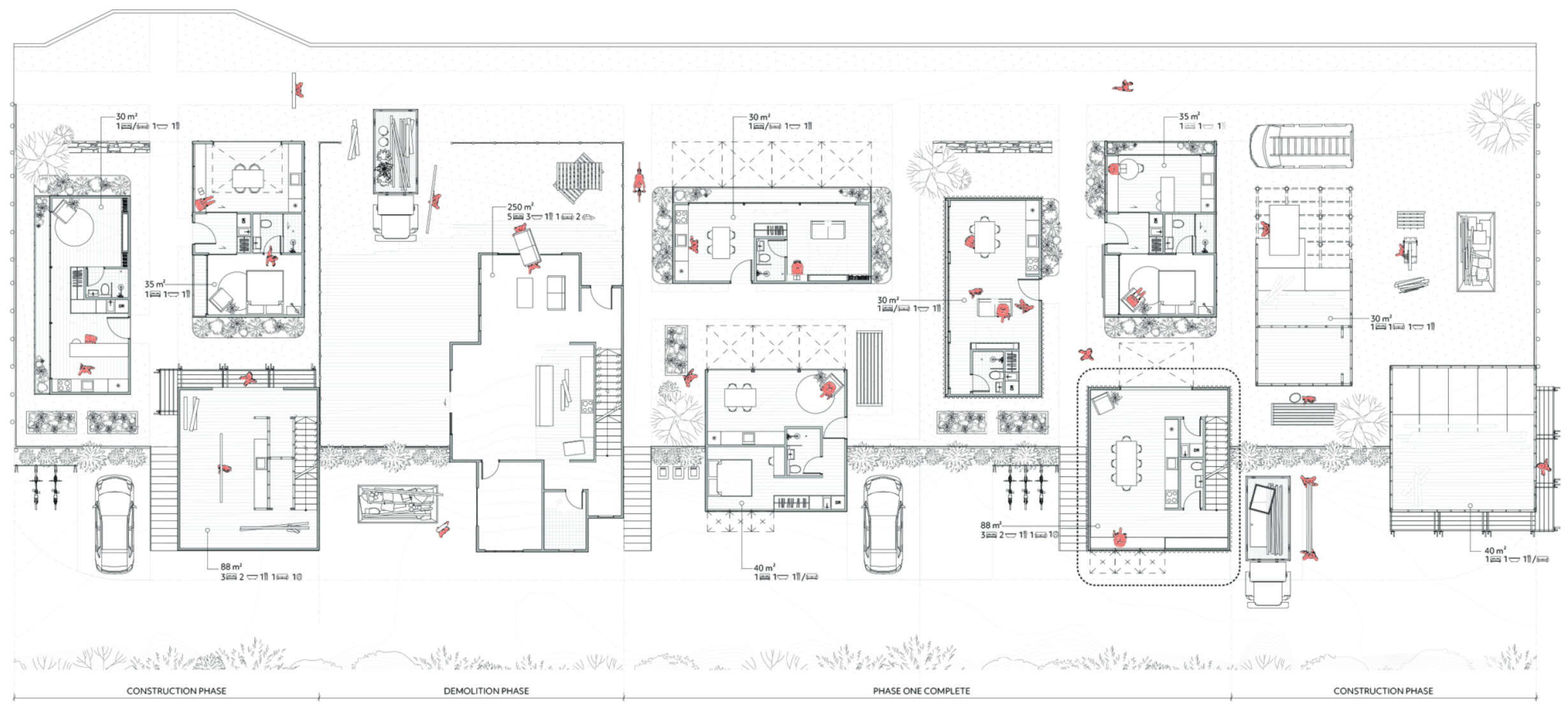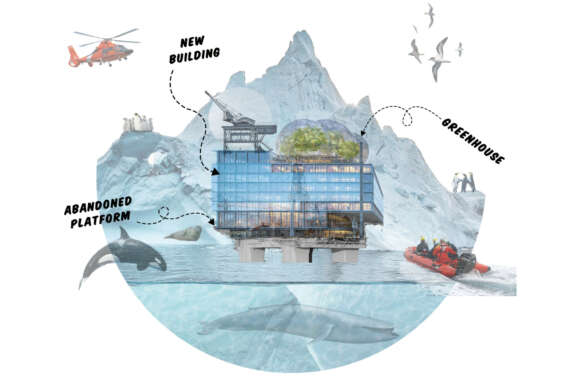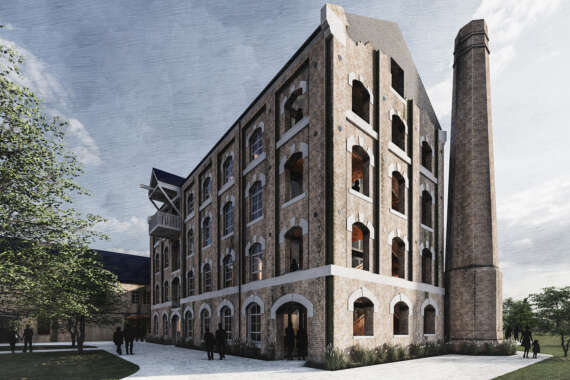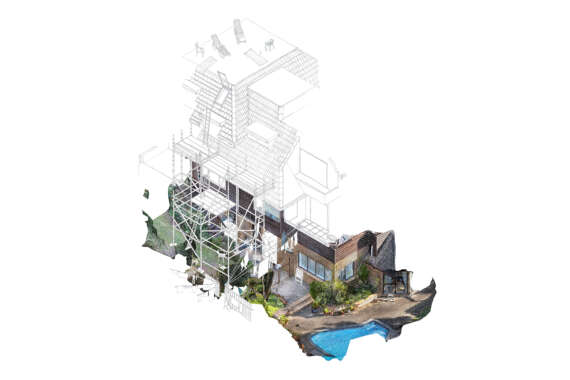WASTED OPPORTUNITIES: a model for the sustainable recalibration of suburbia.
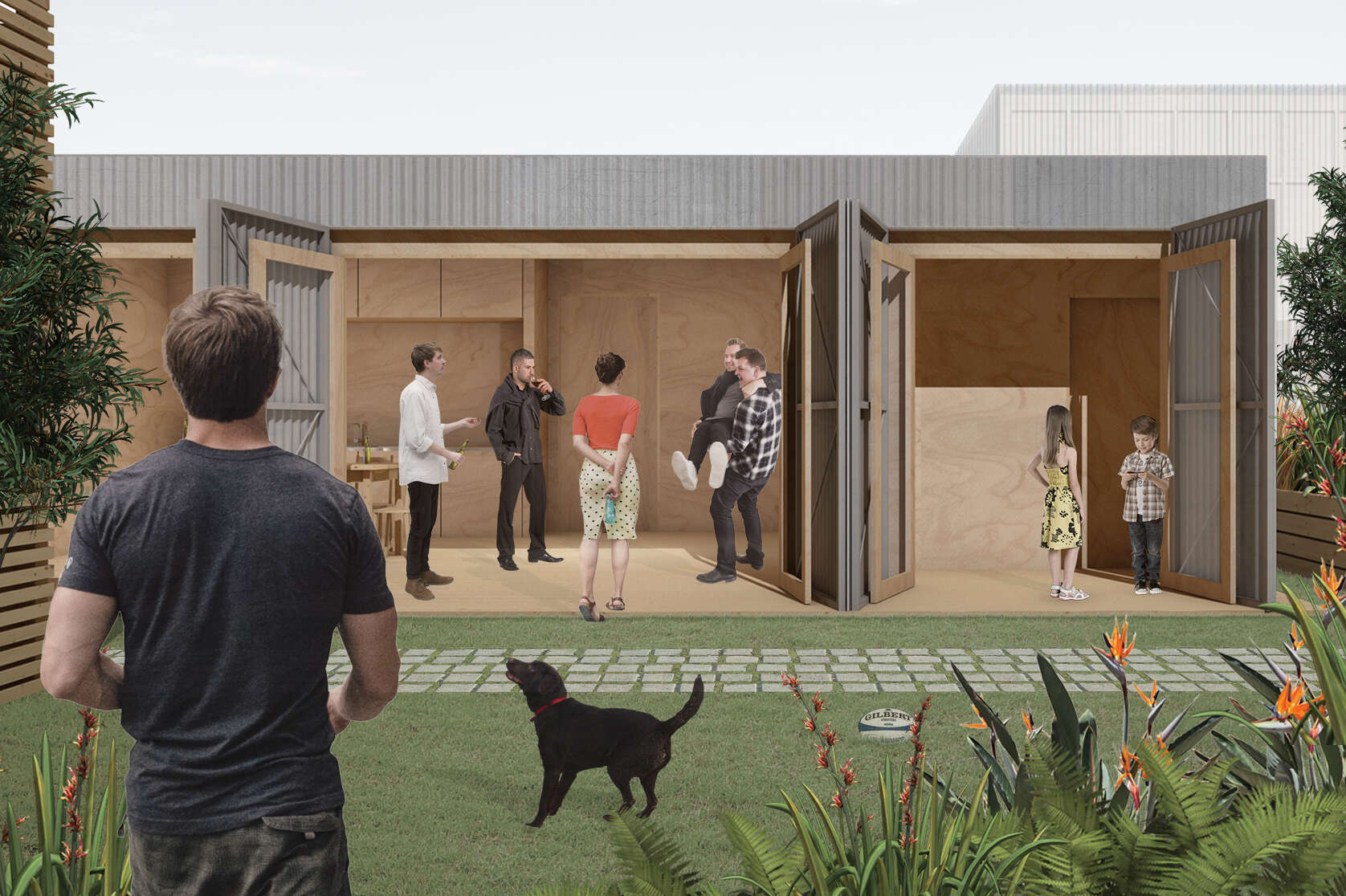
The construction industry is the single largest consumer of raw materials and is responsible for approximately 50% of all waste produced in New Zealand. These materials are increasingly difficult to extract, the process of which exploits our already unbalanced ecosystem. Despite this, New Zealand's idealistic perception of the 'Kiwi dream' - the singular detached dwelling on a sizeable plot, has persisted, resulting in unrestrained levels of consumption and waste that are anticipated to continue as the demand for residential housing grows. Neither realistic nor sustainable, we need to rethink not only how we live, but also how we use construction materials to ensure the prosperity of future generations.







